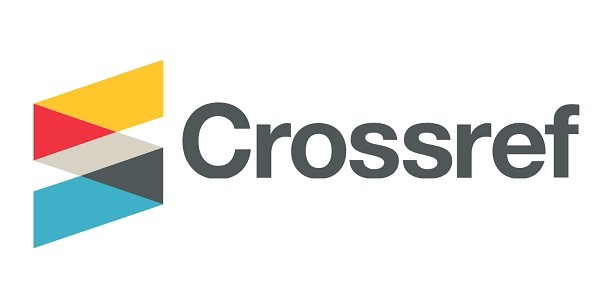Complete plastid genome of Coelostegia griffithii (Malvaceae): Structure, comparative and phylogenetic analysis
DOI:
https://doi.org/10.35495/Keywords:
Chloroplast genome, Durian, Durioneae, Genetic resources, PhylogenomicsAbstract
Coelostegia griffithii is a member of Malvaceae, which is native to the west Malaysia region. It has been exploited as a timber species to produce clogs, furniture, and construction materials. However, genetic studies of this species are limited. Thus, this study describes the first complete plastid genome (plastome) sequence of C. griffithii. The quadripartite-structured plastome was 163,159 bp long, consisting of large (95,536 bp) and small (20,435 bp) single-copy regions, which are separated by a pair of inverted repeats (IR) regions (each 23,594 bp). A total of 133 genes were annotated, including 88 protein-coding (CDS), 37 tRNA, and eight rRNA genes. Repeat analyses recorded 250 simple sequence repeats and 50 large repeats. The preferred amino acid often ended with codon A/T based on relative synonymous codon usage analysis. When compared to the plastid CDS of Reevesia thyrsoidea, a total of 12 genes displayed positive selection. There was no evidence of gene block rearrangement or inversion in comparison to four other closely related species of Helicteroideae. To ascertain its molecular placement, the phylogenetic analysis was carried out with the concatenated dataset of 79 shared unique CDS of 32 taxa of Malvaceae, using maximum likelihood (ML) and approximate Bayesian test (aBayes) methods. Both the ML and aBayes trees revealed a nearly resolved and well-resolved relationship within Malvaceae, respectively; C. griffithii is placed in the Helicteroideae clade and has a close relationship to the three Durio species.












